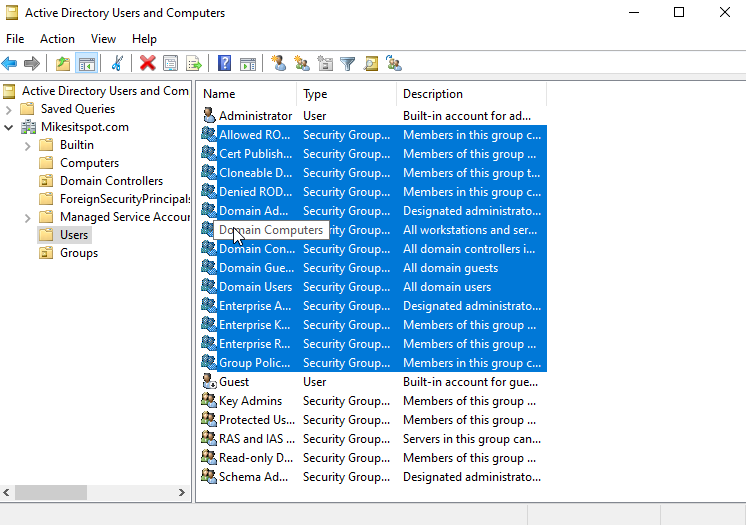Fortifying Your Network: Leveraging Active Directory for Enhanced Security
In today's digital landscape, where data breaches and cyber threats loom large, leveraging Active Directory for security is crucial. This blog post will explore the power of Active Directory and provide you with key best practices to reinforce your network's defenses.
**Understanding Active Directory for Security**
Active Directory is Microsoft's directory service that centralizes network management. Beyond its administrative functions, it's a potent tool for enhancing security across your organization. By enforcing the right policies and configurations, Active Directory can mitigate risks and strengthen your security posture.
**Best Practices for Leveraging Active Directory for Security**
1. **User Account Management:**
- Regularly review and disable or remove inactive user accounts.
- Implement strong password policies and enforce regular password changes.
2. **Group Management:**
- Organize users into groups with specific access permissions.
- Limit user privileges to the minimum required for their roles (the principle of least privilege).
3. **Secure Authentication:**
- Implement multi-factor authentication (MFA) to enhance login security.
- Use strong authentication methods, such as smart cards or biometrics, where necessary.
4. **Security Policies:**
- Create and enforce security policies, including password complexity requirements, account lockout settings, and more.
5. **Auditing and Monitoring:**
- Enable auditing to track security events and access attempts.
- Regularly review audit logs for suspicious activities and potential breaches.
6. **Group Policy Objects (GPOs):**
- Utilize GPOs to enforce security settings across your network.
- Configure GPOs for software updates, firewall rules, and security options.
7. **Access Control:**
- Implement proper access controls to restrict access to sensitive data.
- Use Active Directory security groups to manage permissions.
8. **Regular Backups:**
- Schedule regular backups of Active Directory to ensure quick recovery in case of data loss or security incidents.
9. **DNS Security:**
- Secure your DNS infrastructure to prevent DNS-based attacks, such as cache poisoning or DNS hijacking.
10. **Security Patch Management:**
- Keep Active Directory servers and associated systems up to date with security patches to prevent vulnerabilities.
11. **Training and Education:**
- Provide cybersecurity training to users and IT staff to enhance awareness and promote safe online practices.
12. **Incident Response Plan:**
- Develop and regularly update an incident response plan to address security breaches effectively.
**Conclusion**
Active Directory is not just an organizational tool; it's a cornerstone of your network's security. By following these best practices and customizing Active Directory to meet your organization's unique needs, you can significantly bolster your network's defenses. In a world where security is paramount, leveraging Active Directory to its full potential is your best bet for maintaining a resilient and secure IT infrastructure. Don't wait; start strengthening your security today. Your network will thank you.

Comments
Post a Comment